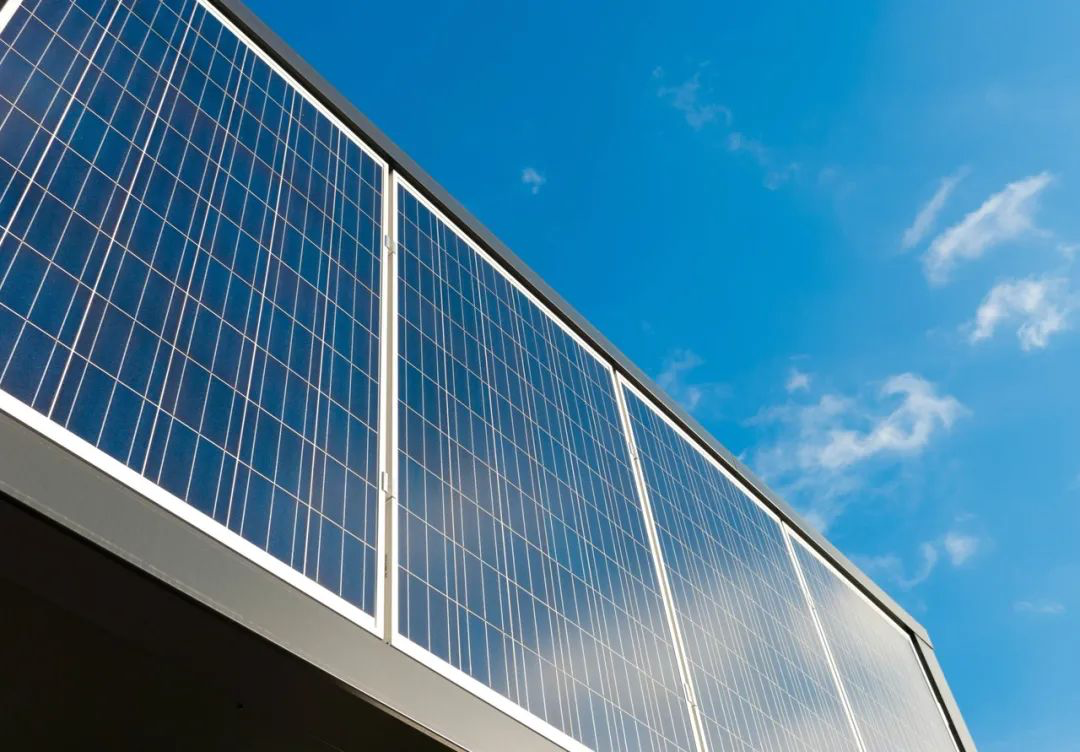

The Advantages of Infrared Reflecting Laminated Glass
Infrared reflecting laminated glass is transforming the way we think about windows and their impact on energy efficiency and comfort in modern architecture. This innovative material combines the benefits of laminated glass with advanced infrared-reflecting properties, resulting in a product that not only enhances security but also promotes thermal comfort and energy savings.
One of the primary advantages of infrared reflecting laminated glass is its ability to minimize heat transfer. This glass is designed to reflect infrared radiation, which effectively reduces the amount of heat that enters a building while allowing visible light to pass through. Essentially, this means that during hot summer months, the interior remains cooler, leading to a significant reduction in the reliance on air conditioning systems. Consequently, this feature not only creates a more comfortable indoor environment but also contributes to lower energy bills, making it a cost-effective option for homeowners and building managers alike.
Additionally, the laminated structure of the glass adds an extra layer of safety and durability. The interlayer bond between two or more sheets of glass ensures that, in the event of breakage, the shards adhere to the interlayer, reducing the risk of injury. This makes infrared reflecting laminated glass an ideal choice for areas with high pedestrian traffic or in buildings where security is a concern. Moreover, the glass is often treated to offer additional benefits such as UV filtering, which protects furnishings and interiors from sun damage, prolonging their lifespan.

In terms of aesthetics, infrared reflecting laminated glass offers a sleek, modern appearance that can enhance the architectural design of any building. Available in various tints and finishes, it allows architects and designers to maintain their creative vision while ensuring energy efficiency and safety. The ability to control the amount of natural light entering a space also aids in creating a pleasant ambiance, contributing to the overall well-being of occupants.
Furthermore, the environmental benefits of using infrared reflecting laminated glass cannot be overlooked. By reducing energy consumption in buildings, this glass contributes to a decrease in greenhouse gas emissions associated with electricity generation. It aligns with the growing trend towards sustainable building practices, appealing to environmentally conscious consumers and businesses looking to reduce their carbon footprint.
As regulations surrounding energy efficiency become more stringent, the adoption of infrared reflecting laminated glass is expected to increase. Governments and industry standards are recognizing the importance of energy-saving solutions in combating climate change, leading to a greater demand for products that enhance thermal performance. Additionally, as technology continues to advance, we can anticipate even more efficient and versatile variations of infrared reflecting laminated glass to emerge on the market.
In conclusion, infrared reflecting laminated glass is a remarkable innovation that provides numerous benefits, including enhanced thermal comfort, energy savings, safety, and aesthetic appeal. As more individuals and organizations strive to create sustainable and efficient living environments, this advanced glass is poised to become a staple in modern construction and design. Investing in this technology is not just a smart choice for immediate comfort and safety; it is also a step towards a more sustainable future.